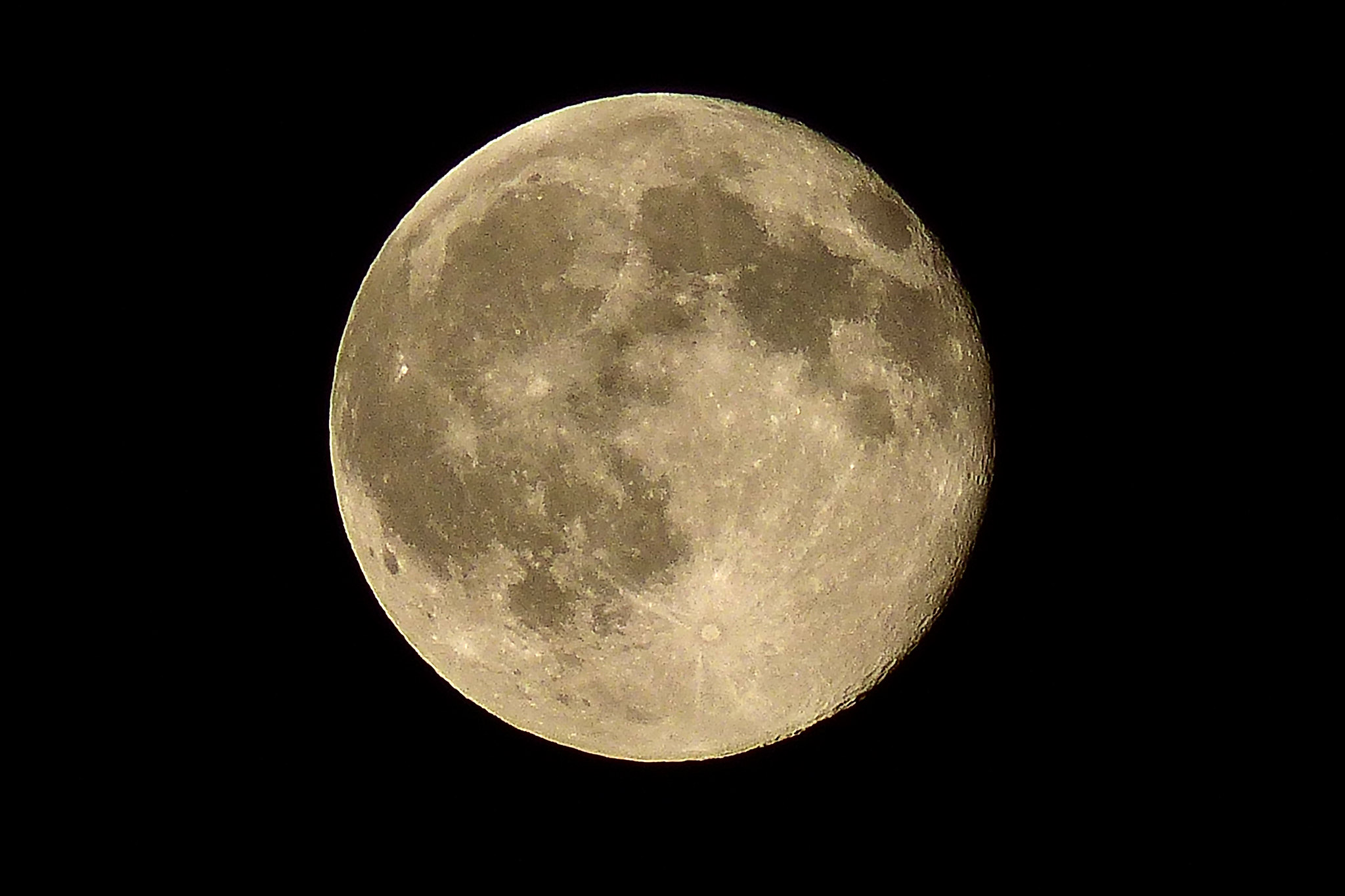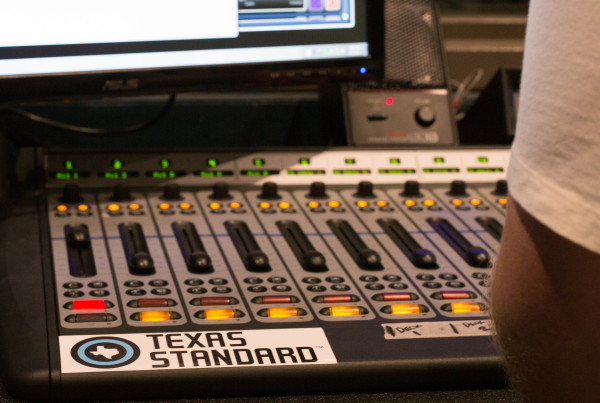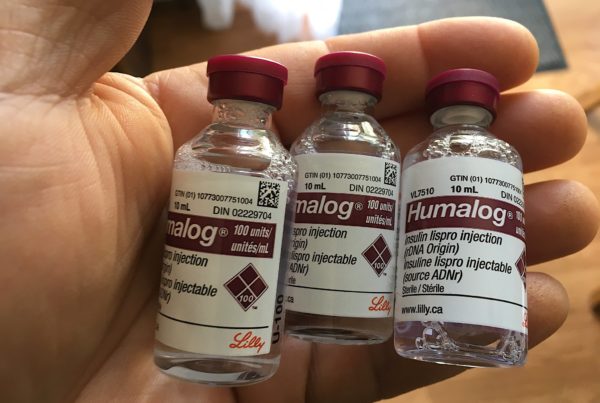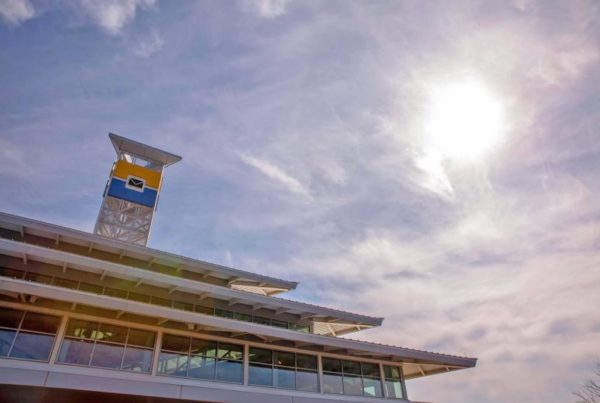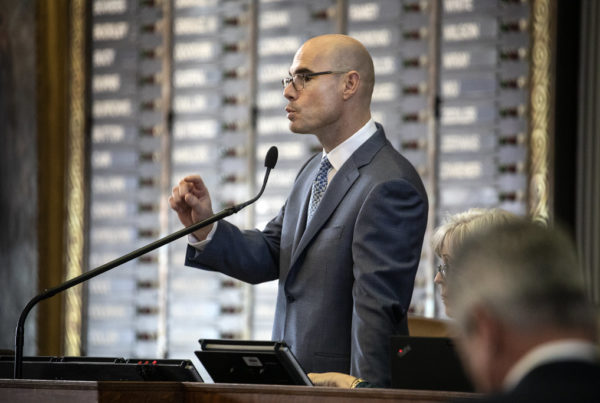The first lunar landing was almost 50 years ago, and now, NASA is making plans to return to the moon. But this time around, NASA Administrator Jim Bridenstine says the agency plans to stay there. The space agency is planning to build a “lunar gateway,” or a space station, that will orbit the moon and make it easier for astronauts to come and go. It’s part of its long-term plan to develop a lunar outpost.
Eric Berger is senior space editor for Ars Technica, and says NASA’s about 30 to 50 years away from establishing a lunar outpost. But, since NASA is a government organization, he says that timeline could also be influenced by politics.
“We’re talking about political will – that’s a huge issue,” Berger says. “The [NASA] administrator’s exactly right when he says the biggest challenge in getting back to the moon is not the technical risk, it’s the political risk.”
Berger says NASA needs about $6 billion to $8 billion more per year to fulfill its lunar outpost plan, which he says might be hard to get from Congress. But NASA does have the support of Vice President Mike Pence.
“By 2028, effectively, [Pence] wanted to have the beginnings of this outpost,” Berger says.
On Thursday, NASA announced it contracted Maxar Technologies to help with its mission. Berger says the Canadian firm, which has a history of building space technologies, will construct a component of the lunar gateway.
“It’s basically a satellite because it’ll have propulsion to move around in and large solar panels to provide power,” Berger says.
He says this satellite would provide electricity for any “habitation modules” created in the future, in which people would live while orbiting the moon.
Berger says NASA’s plan comes after a long lull in American lunar projects
“We’ve made six historic missions to the lunar surface, and then 50 years later, we haven’t been back,” Berger says. “The idea is to try to find a plan that is both affordable and allows us to kind of build out a step-by-step presence into deep space.”
If NASA succeeds, Berger says, eventually, a lunar outpost would allow for decades of new scientific research.
“You could try to access water ice, you could try to put a telescope on the far side of the moon,” Berger says. “That is the goal, eventually; we’re pretty far from that right now.”
Written by Hayden Baggett.


